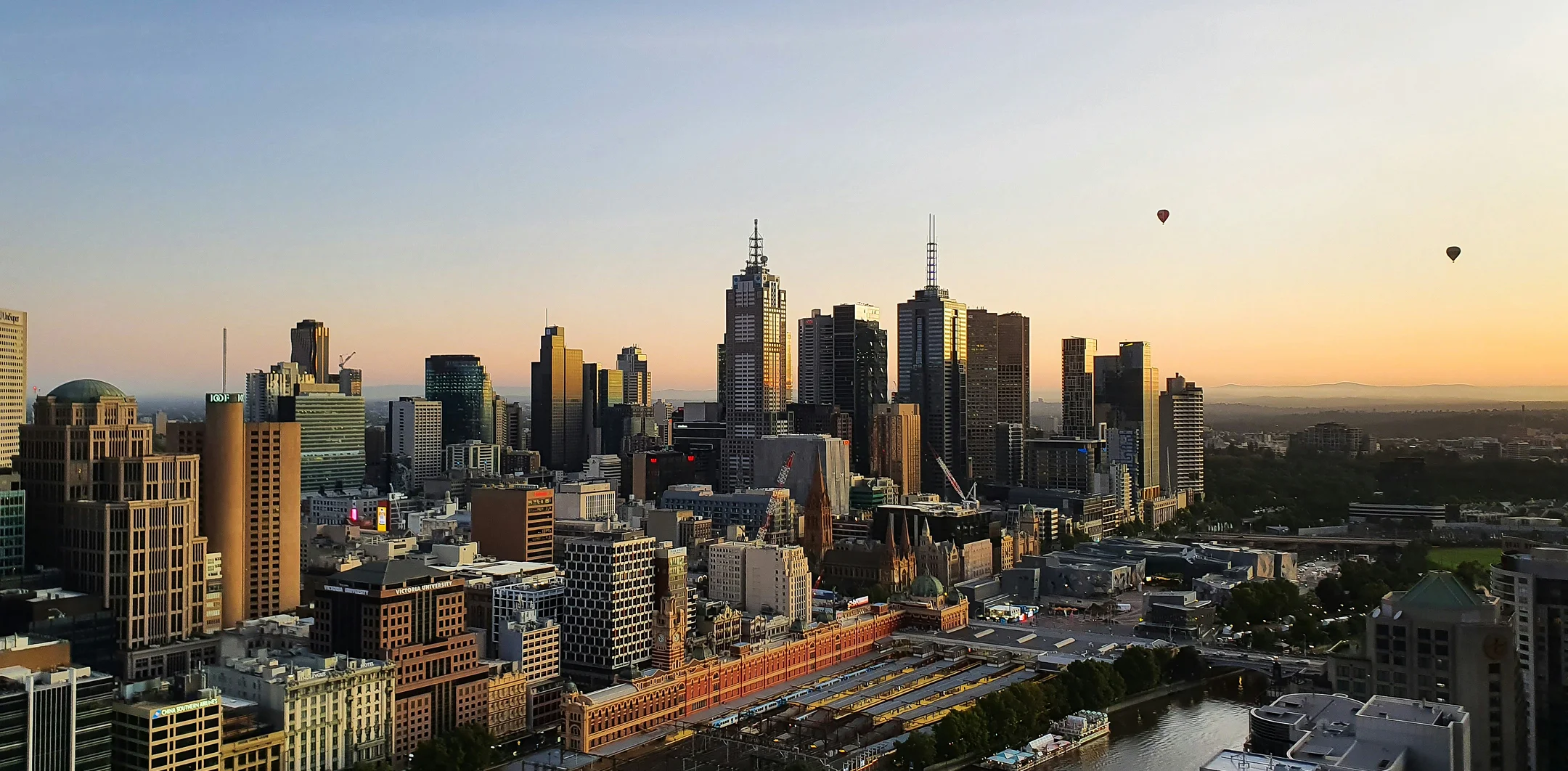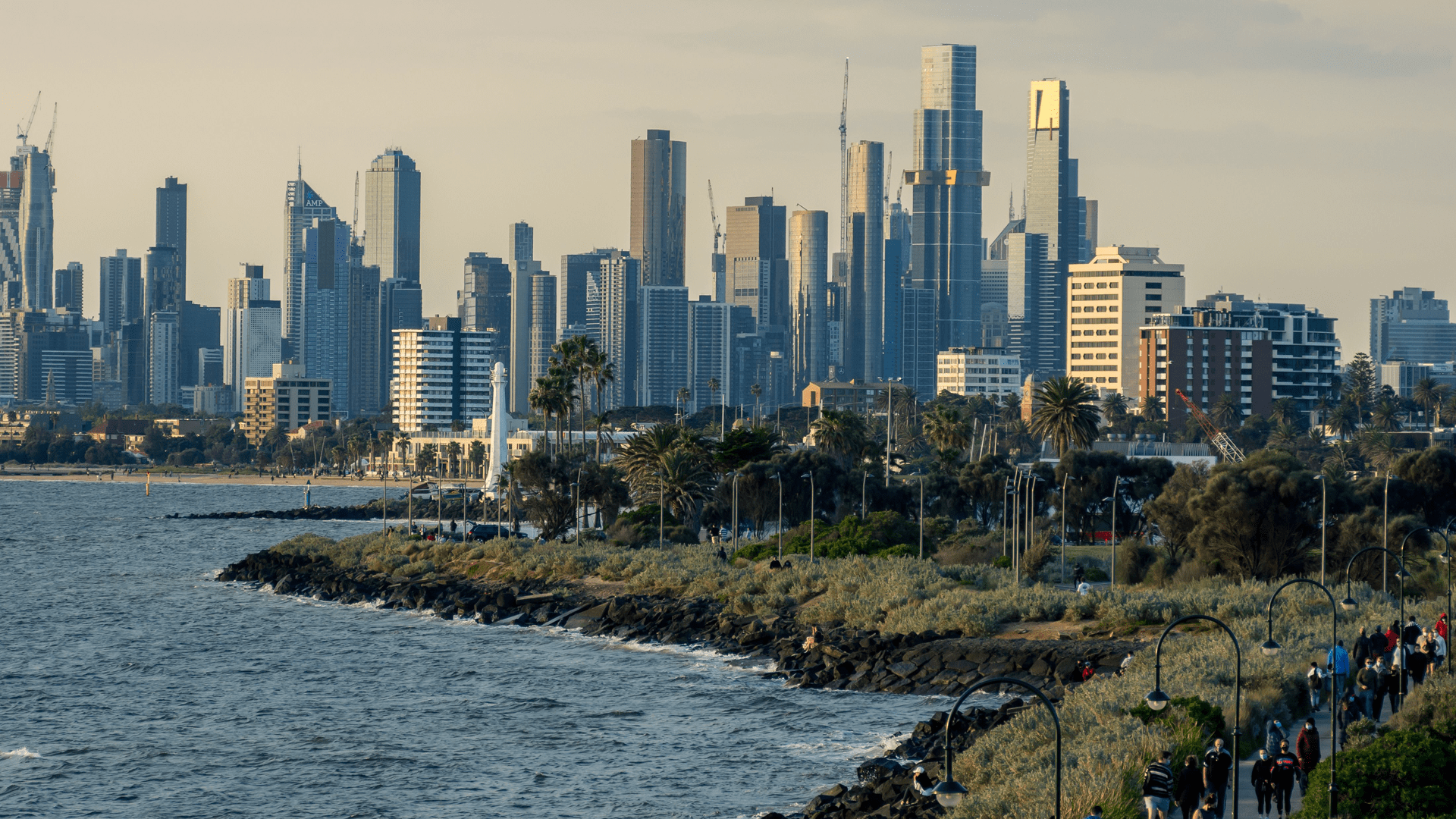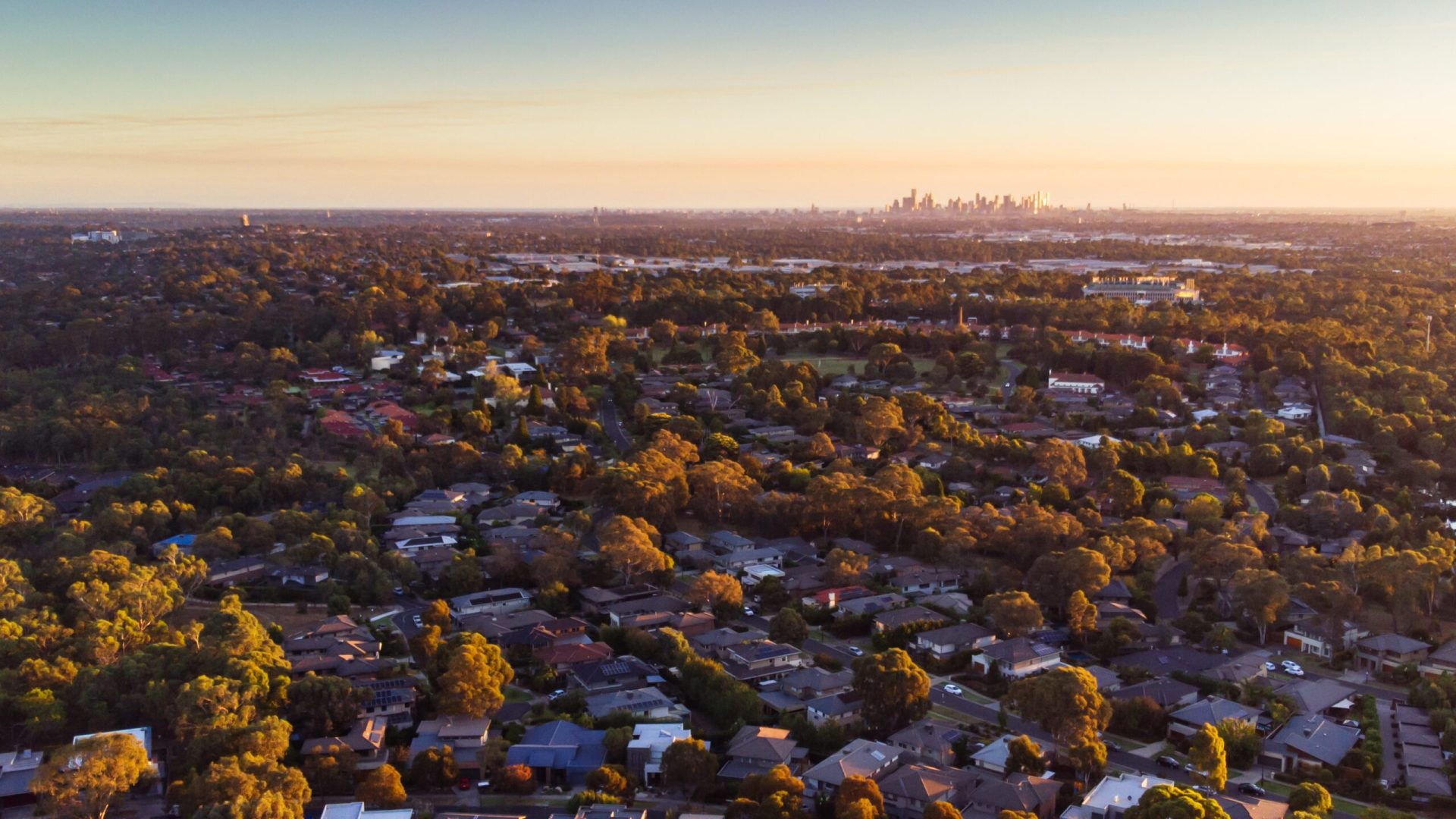By Cam McLellan
Let’s take a look at the six key signs of a healthy market. These six signs don’t always line up; sometimes the market can be moving when four of these factors are cranking up. You don’t have to look for every single one but these are the things I look out for.
The first key sign is when title stock starts to push out. For example, let’s say I am one developer and “Bob” is another developer who is in the same area. When we’ve gone through our acquisition, planning and we’ve run our civil works: we’ve built our roads and our drainage is in, we’ve got our subtitles and we both have lots of registered, titled blocks ready to sell on the market, this means the market is moving slowly – it’s a buyer’s market.
If we’re selling all of our stock way before it is registered, before we’ve finished all of our works and we haven’t been able to register the land yet, it means there is pressure on the market and it is warming up. I wouldn’t be discouraged from investing either way but it is good to understand when the market is healthy. If there are whole suburbs sitting there with thousands of lots registered, it is not a good sign.
Another sign is when the media starts to report good news stories. Now, remember that the media usually catches on to a market at least 12 months after the market starts to move.
The media generally only report two types of stories: the bubble is bursting or the market is hot. You know the media is getting excited when the word ‘bubble’ hits the press and then we’re excited because the market’s good.
The economy underlines any market movement. The four main capital cities move differently. Historically, Sydney and Melbourne have moved together, Sydney slightly earlier. These cities are Australia’s business hubs. Sydney is a stronger business hub, so the market usually moves first and Melbourne follows it. The two biggest factors in Perth and Brisbane are mining and tourism; if both of those industries are cranking then the economy is good. If mining or tourism are flat, depending which one and how flat, it can mean the market will be that way for a while.
If the market is hot, the government and developers reduce their incentives. An example is the first home buyer incentives which were around a few years ago. The government gave people money to get them into the market because building is a massive industry. If the building industry is moving then washing machines, benches and sinks are selling, people are putting trees in and the whole thing revolves around that activity coming out of the building sector.
Rising rents are another sign of a healthy market because this obviously means there’s an increase in demand for property. If rents are going up there is a shortage of properties on the market.
The final sign is when there are multiple offers prior to a property listing. At the far end of this extreme, are auctions where you see hundreds of people in the street.
So the six big ones I look at are: land titles dwindling and registration being pushed out, good news stories in the media, a booming economy, developer and government incentives being scaled back, rents on the rise and multiple offers kicking the market off.








